Jamaica’s Endemic Subspecies #2
Here’s yet another set of six species found as endemic subspecies on Jamaica. Which ones should be considered separate species? Let’s have a look.
Greater Antillean Elaenia occurs here in the higher elevations, but is a scarce bird, at least in March to early April, which is when I’ve led most of my 12 tours to Jamaica. It’s thought that the bird might wander to other parts of the island during the non-breeding season, and I wonder if it might be easier to find in May-June. In any event, though there are few available recordings of either form (the other occurs on Hispaniola), I can’t find any similarity in the voices. It would be nice to have a larger series of complete vocalizations to compare, but my first impression is that these are two different species.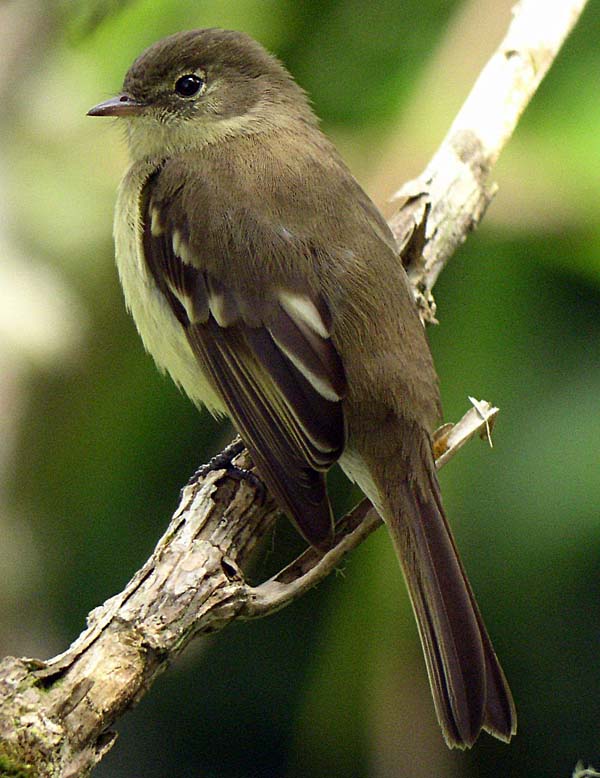
Continuing with the suboscines, we now have Stolid Flycatcher, which occurs on Jamaica as the nominate subspecies (stolidus). As in the previous species, the other is on Hispaniola (and nearby islands). And as in the previous species, and all suboscine passerines, voice is very important in determining relationships. Based on what I can find on the Macaulay Library’s online archives, the voices of these subspecies are barely discernible, and I wouldn’t bet on this one. Could there be occasional migration between the islands? Or has one colonized from the other only relatively recently? Maybe some genetic data would be helpful here.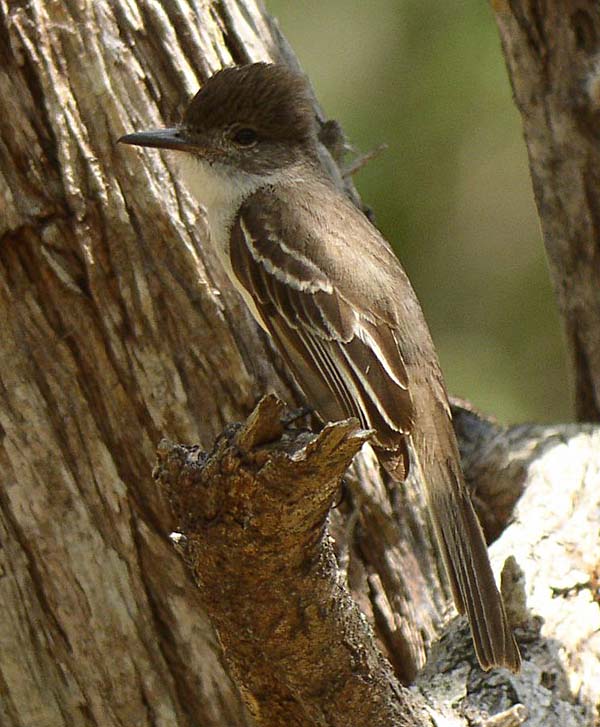
Loggerhead Kingbird occurs on several islands in the Caribbean, but all are apparently quite sedentary and can be identified based on plumage and vocalizations. With no mixing between major islands, this seems like a clear-cut case for splitting, the Jamaican being jamaicensis.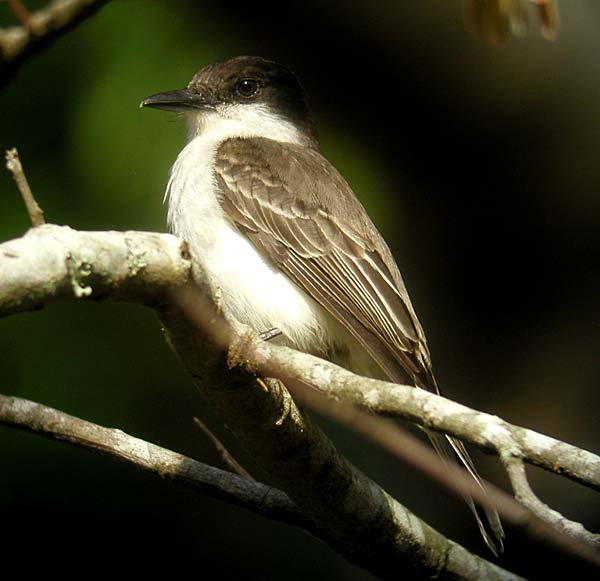
The four subspecies of Cave Swallow that breed on various islands are currently recognized as being a distinct group, recognizable from those that breed in Texas and those in the Yucatan. But how distinctive are the Jamaican birds (poeciloma) from the others in the region is questionable. I suspect that there might be some periodic inter-island exchange since swallows are such masters of the air, and complete isolation may not be complete. I think a more thorough study involving genetics might be warranted for this group. Not surprisingly, there are no readily available photos of this form.
The striking songs of solitarius Rufous-throated Solitaire – which are recognizably distinct, as is the plumage, on Jamaica (compared to the other five subspecies, found on Hispaniola, Dominica, St. Lucia, Martinique, and St. Vincent) – argue for counting this as a full species. There is probably no inter-island travel for these birds, so it’s safe to say they are on a unique evolutionary trajectory. José Padilla-López took this photo on my most recent tour here.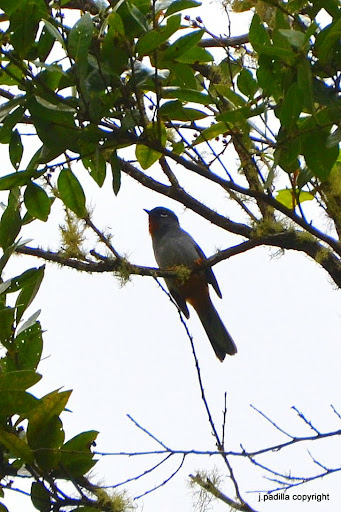
Finally, there’s the endemic subspecies of Bahama Mockingbird. With the Jamaican birds (hillii) being visually recognizable and so far removed physically from the Bahama and Cuba birds (found only in the far south of Jamaica), it seems clear that these birds are on a separate evolutionary trajectory and have been so for a very long time already. We can go with Jamaican Mockingbird or Hill’s Mockingbird, either is fine with me.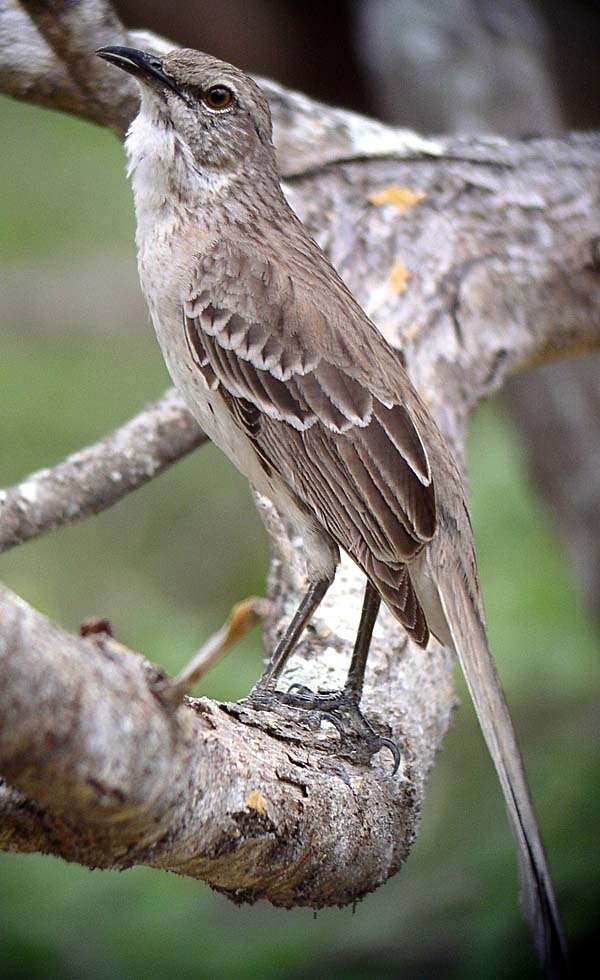
In my next blog, the final in these series of Jamaica birds, I’ll cover six more subspecies worth looking at.

Rich,
Thanks for this series of fascinating articles on Jamaican endemics and future endemics. I’m sure at least some of your predictions about the elevation of subspecies to species will prove prophetic.